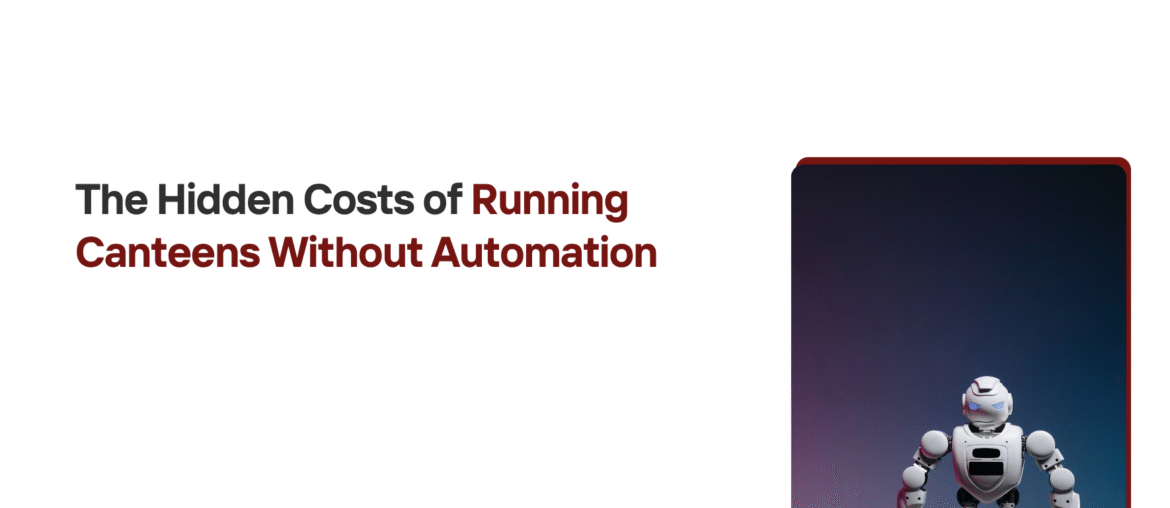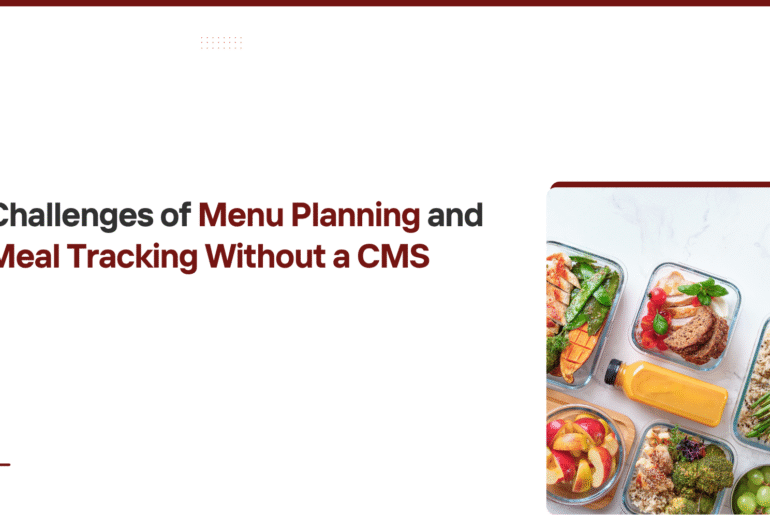The Hidden Costs of Running Canteens Without Automation – In organizations with hundreds or even thousands of employees, the canteen is more than just a food counter—it’s a crucial part of daily operations. Yet, many enterprises, PSUs, and government offices continue running canteens without automation, leading to hidden costs that significantly impact efficiency, employee satisfaction, and financial control.
This blog uncovers the real and often unseen drawbacks of manual canteen operations and why automation is no longer optional.
Running Canteens Without Automation
Lack of Visibility = Lack of Control
Manual systems often rely on spreadsheets, registers, or email trails to track food requests and consumption. This lack of central visibility causes:
- Difficulty in forecasting meal requirements
- No real-time data to track consumption
- Delayed reporting and decision-making
Without automation, you’re essentially flying blind—unable to assess how many meals are served, how many were wasted, and how resources are being utilized.
Financial Losses: The Silent Budget Killer
1. Over-preparation
In the absence of accurate headcounts, vendors cook more to “play it safe,” leading to food wastage.
2. Lack of Quota Management
Without automated quota limits, employees may consume beyond entitlements or double dip, increasing food costs.
3. Inefficient Approvals
Manual food request approvals slow down the process and sometimes lead to last-minute orders, incurring premium charges.
4. No Vendor Accountability
Without real-time dashboards and digital logs, vendors aren’t accountable for meal preparation accuracy or timeliness.
Hidden HR and Admin Costs
Time Spent on Manual Tracking
Admin teams may spend hours every week:
- Logging food orders
- Coordinating with vendors
- Managing Excel sheets
- Reconciling meal counts and bills
This lost time could be spent on strategic tasks.
Human Errors
Manual data entry is prone to mistakes. A wrong meal count, missed approval, or delayed request can disrupt service for entire departments.
Lack of Audit Trail
When audits or internal reviews happen, the absence of digital records becomes a major bottleneck.
Employee Experience Takes a Hit
Long Wait Times
Without shift-wise meal planning or accurate forecasting, long queues and delays become common.
Missed Meals
Incorrect data can result in insufficient food being available for a shift.
No Transparency
Employees don’t know their quota usage or meal status in advance, leading to dissatisfaction.
Compliance & Accountability Issues
Especially in PSUs and government offices, strict compliance is expected around food budgets and contractor performance. Manual systems fall short in:
- Generating real-time reports
- Maintaining digital audit trails
- Enforcing quota-based consumption
This can affect budget approvals, contractor performance reviews, and internal/external audits.
Environmental Waste Adds Up
Food Wastage
Over-preparation not only costs money—it contributes to environmental degradation through wasted food.
Energy Waste
Preparing extra food consumes more electricity, gas, and water.
Missed Sustainability Goals
Organizations aiming for green certifications or ESG goals will fall short without digital tracking and reduction strategies.
What Automation Offers Instead
Let’s briefly contrast the drawbacks of manual systems with the advantages of automation:
| Manual System Drawbacks | Automation Benefits |
|---|---|
| No real-time tracking | Real-time dashboards and analytics |
| Over-preparation | Accurate forecasting based on requests |
| Lack of accountability | Digital logs for every action |
| Employee dissatisfaction | Transparent request and quota tracking |
| Wastage of time and food | Systematic planning and controls |
| Tedious reporting | One-click export of ready reports |
Real-Life Perspective: Hidden Costs in Action
A PSU with 5 branches was spending lakhs per year in unaccounted food costs. Post automation:
- Wastage was cut by 60%
- Vendor efficiency increased by 45%
- Quota misuse was eliminated
- Finance teams had ready reports for audits
These gains revealed the high cost of previously running the system manually.
Final Thoughts
Running canteens without automation may seem manageable on the surface, but it incurs significant costs—financially, operationally, and environmentally. The longer an organization delays digitization, the more these hidden costs pile up.
By adopting a Canteen Management System, organizations can bring visibility, reduce waste, and improve compliance—all while enhancing employee satisfaction and streamlining daily operations.




